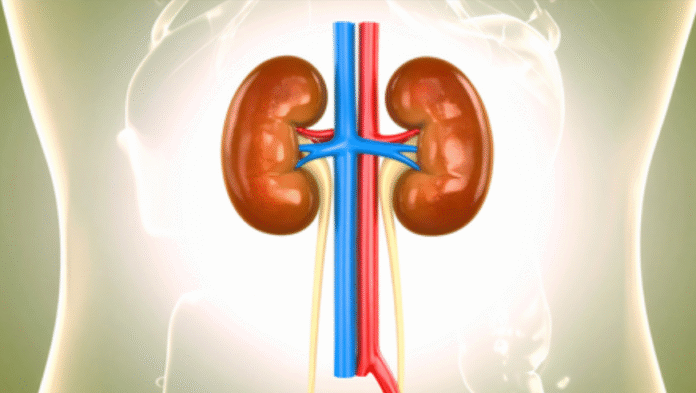NEW DELHI– A simple blood or urine test could soon help doctors more accurately predict the progression of chronic kidney disease (CKD), thanks to new research that has identified key biological signals linked to the condition.
Researchers at The University of Manchester found that higher levels of Kidney Injury Molecule-1 (KIM-1) — a biomarker of kidney damage detectable in both blood and urine — are associated with increased risks of kidney failure and mortality.
In the study, published in the American Journal of Nephrology, scientists measured 21 markers in blood and urine that reflect the biological processes driving kidney disease, inflammation, and heart disease. Unlike standard tests used in routine kidney clinics, these markers reveal the underlying biological changes fueling CKD, opening the door to treatments that target the disease at its root.
“The progression of chronic kidney disease is highly variable between people, so it’s difficult to predict which patients will progress to kidney failure or worse,” said lead author Dr. Thomas McDonnell. “Our work raises the prospect of developing simple blood or urine tests that could better predict the degree of risk — invaluable information for doctors and patients.”
The research involved analyzing KIM-1 levels in 2,581 non-dialysis CKD patients from 16 nephrology centers across the UK. In a separate cohort of 2,884 patients, the team studied the 21 biological markers related to kidney damage, fibrosis, inflammation, and cardiovascular disease. Using statistical models, they assessed how these biological signals correlated with kidney failure and mortality risk, ultimately developing prediction tools for patient outcomes.
McDonnell noted that the findings could help clinicians identify high-risk patients earlier, enabling timely interventions, specialist referrals, and aggressive treatment strategies. Equally important, he said, is the ability to identify low-risk patients to avoid unnecessary overtreatment. (Source: IANS)












